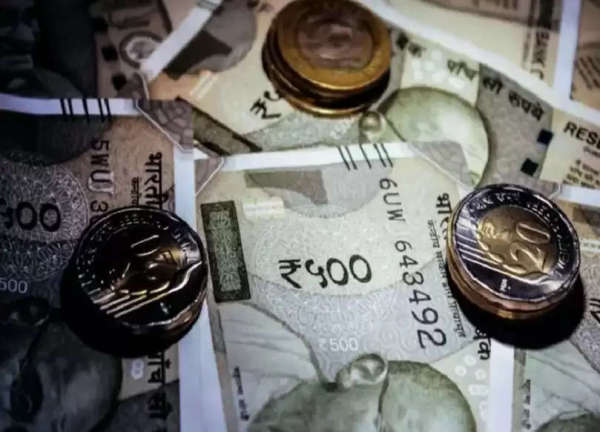
If you are asked what the notes (Indian Currency) that you use to fulfill all the needs of life, what are those 10, 20, 50, 100, and 500 notes made of? Obviously, all of you will answer that notes are made of paper. But have you ever thought that if the paper gets wet, it melts, then why don't these notes melt? After all, which paper are they made of? Know about it here-
You might be surprised to know that when you hold these notes, it feels like they are made of paper, but they are not made of paper. If these notes are made of normal paper, then their life will never be so long.
Actually, the note that you use to buy daily items is made using 100% cotton. We are not saying this, but it has been mentioned on the website of Reserve Bank of India (RBI).
RBI uses cotton to make these notes so that the notes can be used for a long time. Apart from this, while making these notes, a special type of ink is used in paper made of cotton.
While printing the notes, the Reserve Bank of India (RBI) also uses many types of security features in them, due to which it is not possible to make an exact note by copying these notes. This is the reason why people can easily identify fake and real notes.
Apart from this, many times the question also arises in the mind whether the numbers of two or more bank notes can be similar. So the answer to this is yes. According to the RBI website, two or more banknotes may have the same serial number but they may have either different inset letters or different printing years or different signatures of RBI governors. An inset letter is a letter printed on the number panel of a banknote. Notes may also be without any inset letters.